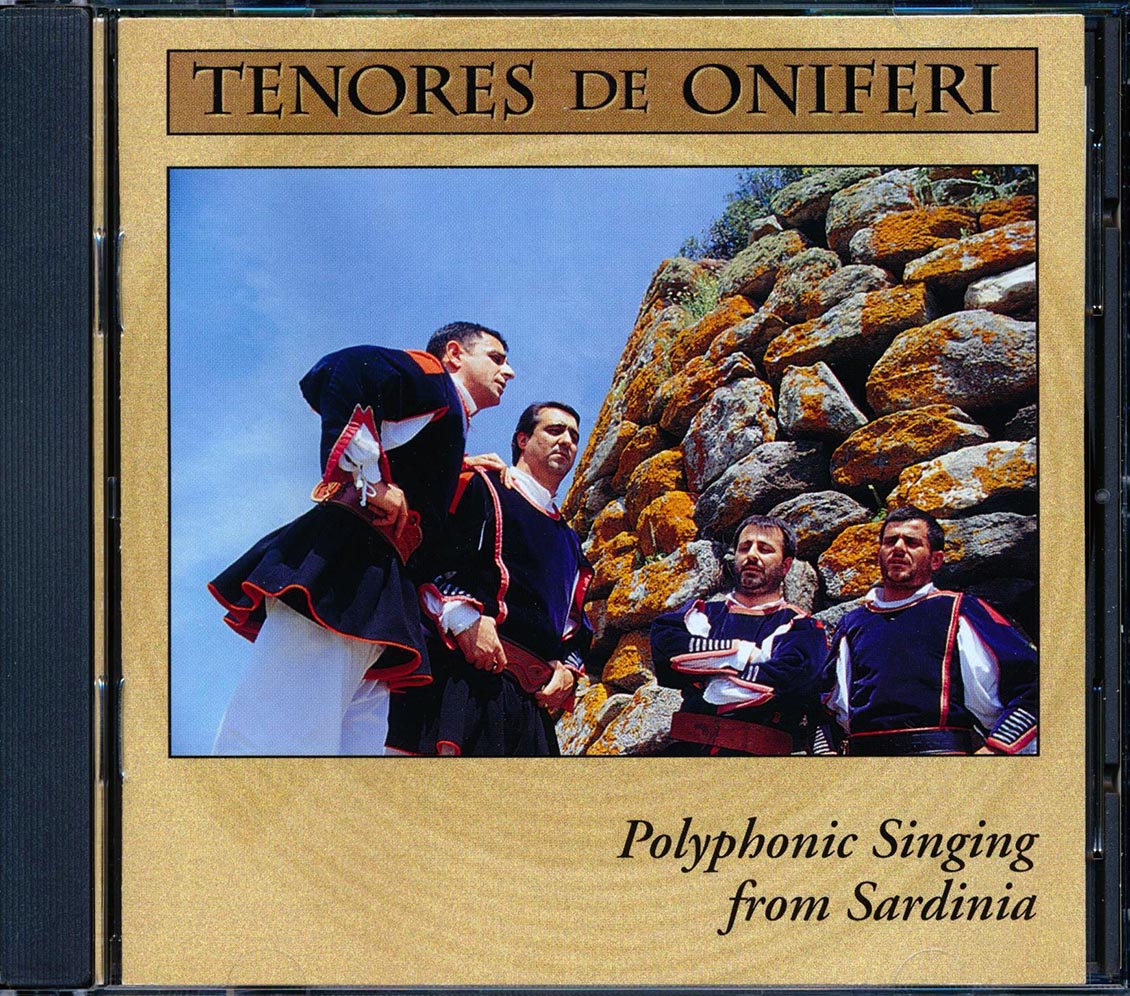
There is an interesting and complex interaction between these two genres: “The way in which these songs are handed down is in disorder today, and many songs are sung equally as upopo and rimse. According to Kazuyuki (1965, 1975), out of thirteen different genres two are the most important: upopo (round, sung in a canon by elders sitting in a circle), and rimse (round dance, only very rarely sung as a canon). The traditional polyphony of Ainu is based on canonic imitation of relatively short musical phrases. A 600-page volume “Music of the Ainu” containing about 500 transcribed pieces of music was published in Japanese with a small English summary (Kazuyuki, 1965). After a five-year research program, conducted by the Japan Broadcasting Association in the beginning of the 1960s, about two thousand Ainu traditional songs were recorded. Only about one hundred of them can actually speak the Ainu language. As arguably the first dwellers of this region (Sakhalin, Kuril Islands and particularly Hokkaido in Japan), the Ainus constitute the substrata of the Japanese.Ībout 20.000 Ainu live in northern Japan (mostly on Hokkaido) today. Later scholarly research confirmed the unique features of Ainu language and race. The first Europeans who met the Ainus wrote that they looked like Finns.

Ainu ethnic, linguistic and even racial origins are much debated. Cultures with only social polyphony are not discussed in this article, but readers should remember that there is hardly any culture without social polyphony.Īrguably the most isolated tradition of vocal polyphony in the world is in eastern Asia, among the Ainus from the northern Japan and Kuril islands. Regions where multi-part singing is represented by musical component only (without social component) are marked as having “elements” of vocal polyphony. Our review mostly deals with cultures where vocal polyphony is represented both by social and musical components. One of the true universal phenomena of human musical cultures – antiphonal dialogue between two parties (two soloists, two groups, or more often between a soloist and a group) is the most basic and widespread form of social polyphony. Arguably, there is no culture without traditional forms of group singing. Most of the so-called “monophonic cultures” (such as Chinese, Australian Aboriginal, or most of American Indian music cultures) have traditional forms of social polyphony (group singing).


Social polyphony is distributed extremely wide across the world musical cultures. On the other hand the unique overtone singing of some Central Asian cultures musically represents polyphony although socially it is not polyphony. For example, the phenomenon of unison (octave) singing socially represents polyphony (as group singing), although musically it is monophony (only one pitch). Social and musical aspects of polyphony do not always go together in various cultures. It is clear that traditional definition of polyphony is based on a musical component only and does not take social component into account. Musical polyphony implies having more than one pitch during performance. Social polyphony implies active musical interaction within the group of people. I believe we must distinguish two equally important components of traditional vocal polyphony: social and musical. This definition of polyphony is one-sided and does not take into account a very important social aspect of vocal polyphony.

Polyphony is usually defined as a type of music, where more than one pitchis heard at a time.


 0 kommentar(er)
0 kommentar(er)
